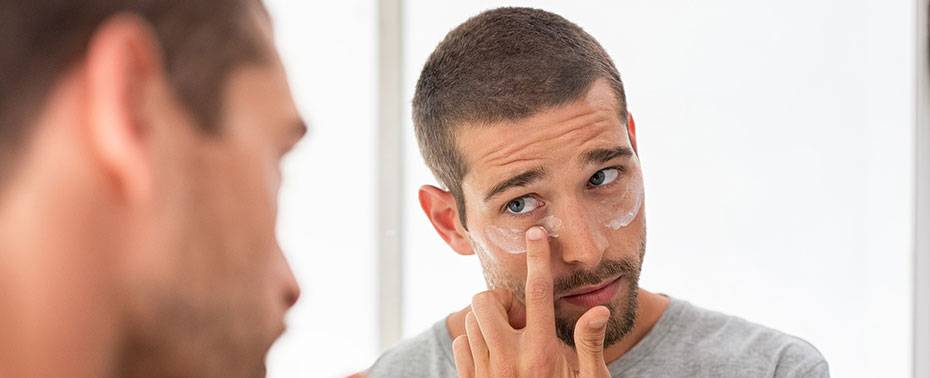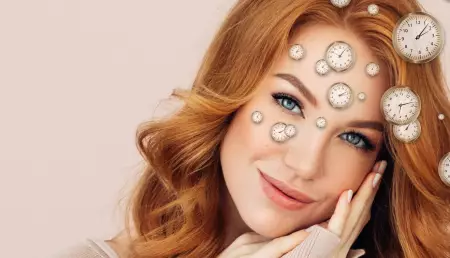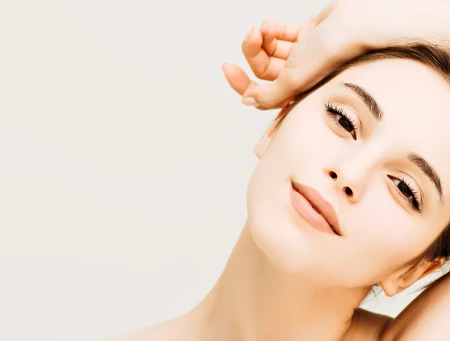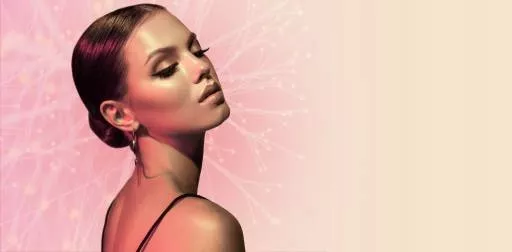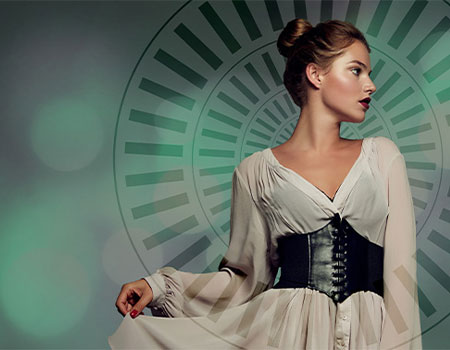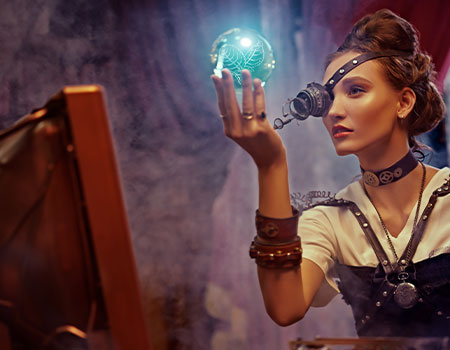A small step for man, a giant leap for mentalities
Cosmetics have long been associated with the universe of women but are currently redefining masculine expectations of new beauty routines. While about three-quarters of men admit to secretly using feminine beauty products on their skin, others are now unequivocally saying they would like to use them on a daily basis.
The future of this type of products will continue to offer a “healthier” version of masculinity by distancing itself from stereotypes of virility and power, tending towards more realistic approaches to modern aspirations of male consumers.
Masculine expectations in terms of care products
The skin of men of all ages is thicker than that of women and the layer of fat cells on the face is thinner. In addition, it is known that men age differently from women, with more severe wrinkles and a loss of volume in the cheeks that often make them appear older than their true age. Exposure to the sun, to pollution and to cigarette smoke are examples of extrinsic aging factors. Sebaceous glands are more active in men and so excess sebum production can make the skin oily and obstruct pores.
The results of a study conducted by Beauty Survey showed that the main preoccupations of men concerning skin care are blackheads (39% in Brazil, 18% in the United States), dark circles under eyes (21% in France) and wrinkles (35% in Russia).
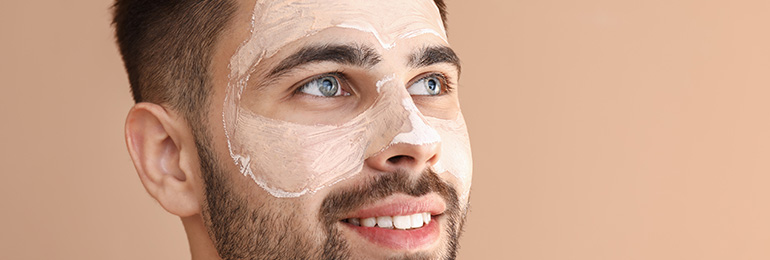
The Beauty Survey study also showed that the preoccupations of men concerning hair care are grey hair (36% in Russia, 23% in France), oily hair (27% in Brazil) and thinning hair (20% in the United States).
Seen as a sign of premature aging, accelerated hair loss, called alopecia, can affect the quality of life of the people affected to a considerable extent. It is a frequent problem, whose androgenetic form is the most common type. It involves up to 30% of men younger than 30 and more than 50% of men older than 50.
Trends of claims for health of the scalp and the microbiome are now well identified. A large number of research projects involve studying the relations existing between skin imbalances/microbiota of the scalp that result in dandruff and hair loss.
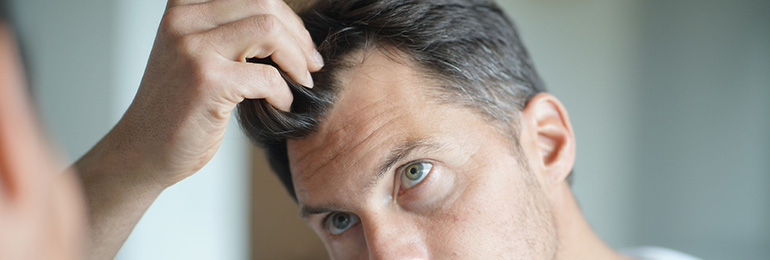
Attractive concepts for male consumers
Just as in the feminine beauty market, the concept of Clean beauty can be extended more to that of men and is aligning with increased attention being paid to safety and to trust in the scientific community. More than half the men in China perceive Clean beauty products as “free of”, uncontaminated or organic, and 74% of Clean beauty male purchasers agree that these products are safer than traditional products.
According to a Global Data study, close to a third of European men seek an environment-friendly product. The inclusion of the idea of protecting the planet in the design phase in order to reduce impacts on nature throughout the life cycle of the product attracts consumers and stimulates the male cosmetics market.
The boundaries between genders are becoming less and less stereotyped and the beauty industry is reflecting this change in state of mind by marketing products with neutral esthetics. New “beauty no-gender” strategies are based on the principle that the skin or hair of men and women are chemically identical, so beauty products are formulated in terms of final results rather than on targeting gender. Decreasing stigma associated with makeup for men is also opening the path to new players in this rapidly growing niche market.
More than 75% of men believe that a well-groomed appearance reinforces self-confidence. They are influenced by the tendency to well-being and so are open to products or experiences that improve mood and pay more attention to physical and mental well-being. In the near future, products destined for men could focus on improving sleep, reducing stress and boosting energy by including support for health of the immune system.
SILAB’s natural active ingredients
Faced with onslaughts from the environment, the skin becomes exhausted and the bioenergetic potential of skin cells falters. SMS-ENERGY® acts on both mitochondria and the cytosol in order to counteract the deregulations of cells to restore their functionality. Rich in oligopeptides purified from chick pea seeds, this natural active ingredient stimulates the synthesis of ATP and boosts creatine kinase activity for a more tonic and less fatigued skin.
Rich in peptides from the yeast Pichia minuta isolated from azalea flowers, HAIRGENYL® targets three factors controlling regrowth of hair: mitochondrial dynamics, the expression of “signal” molecules and participants in epigenetics. It thus supports the biological activity of dermal papillae and stimulates the growth of hair follicles. Tested on volunteers, HAIRGENYL® favors regrowth of hair: hair is thicker, more resistant and denser on the scalp.
